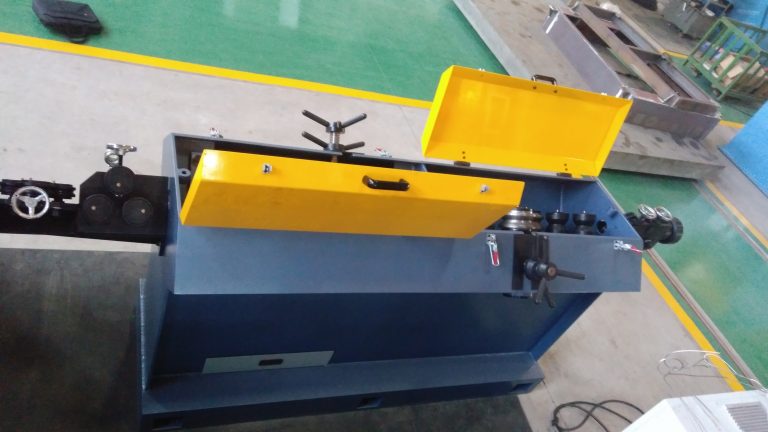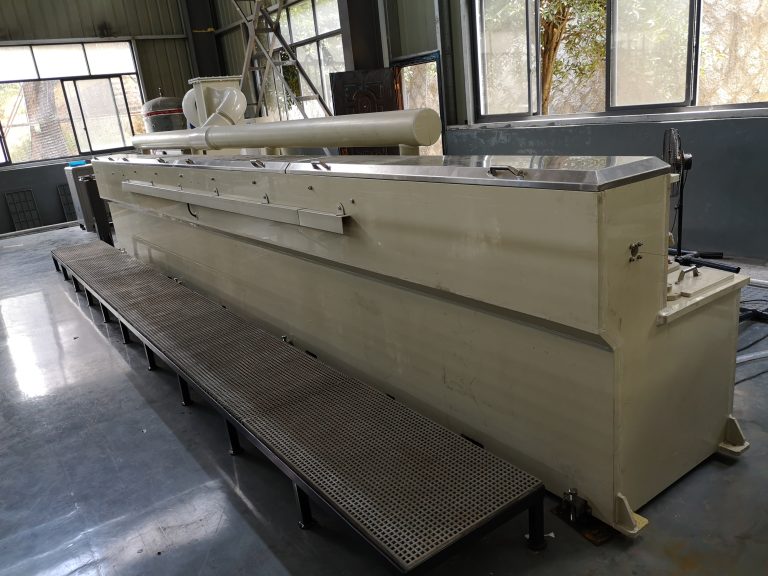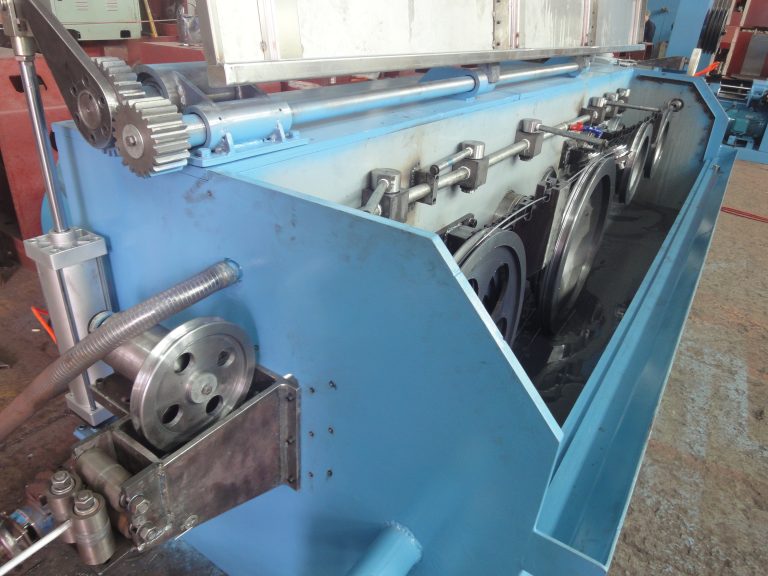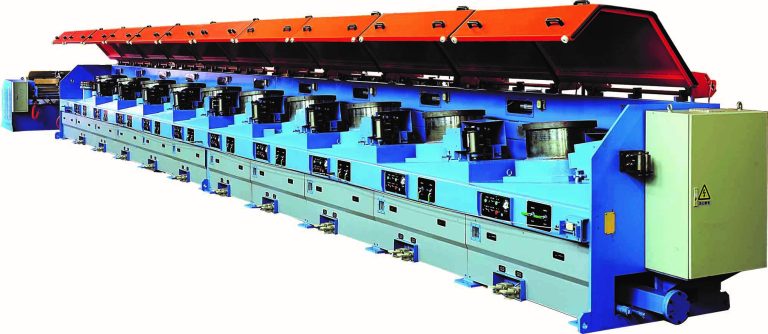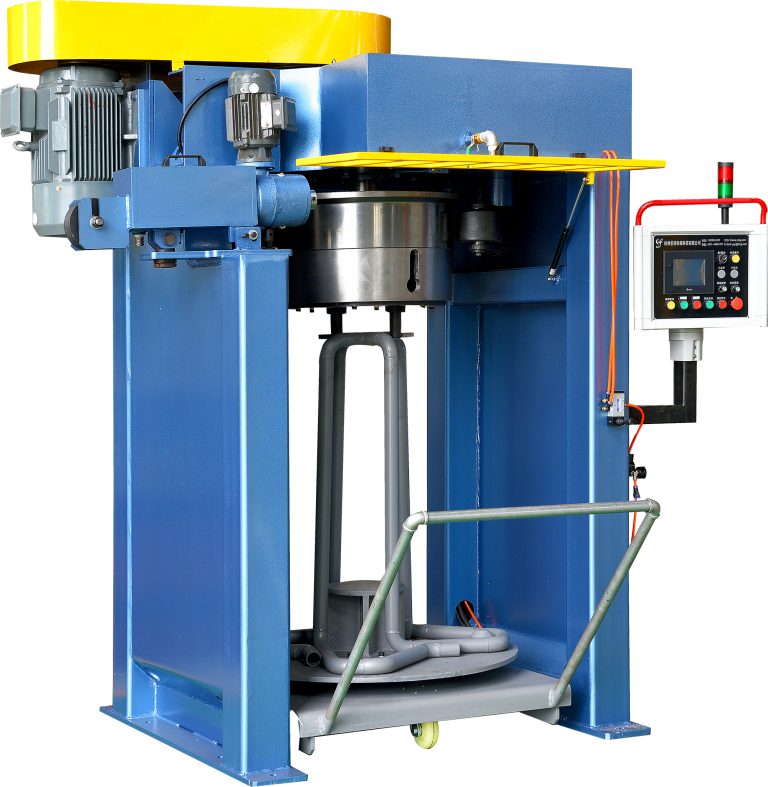Table of Contents
مزايا استخدام مطحنة الحزام الرملي لمشاريع الأعمال الخشبية
كيفية اختيار حزام الصنفرة المناسب لمطحنتك
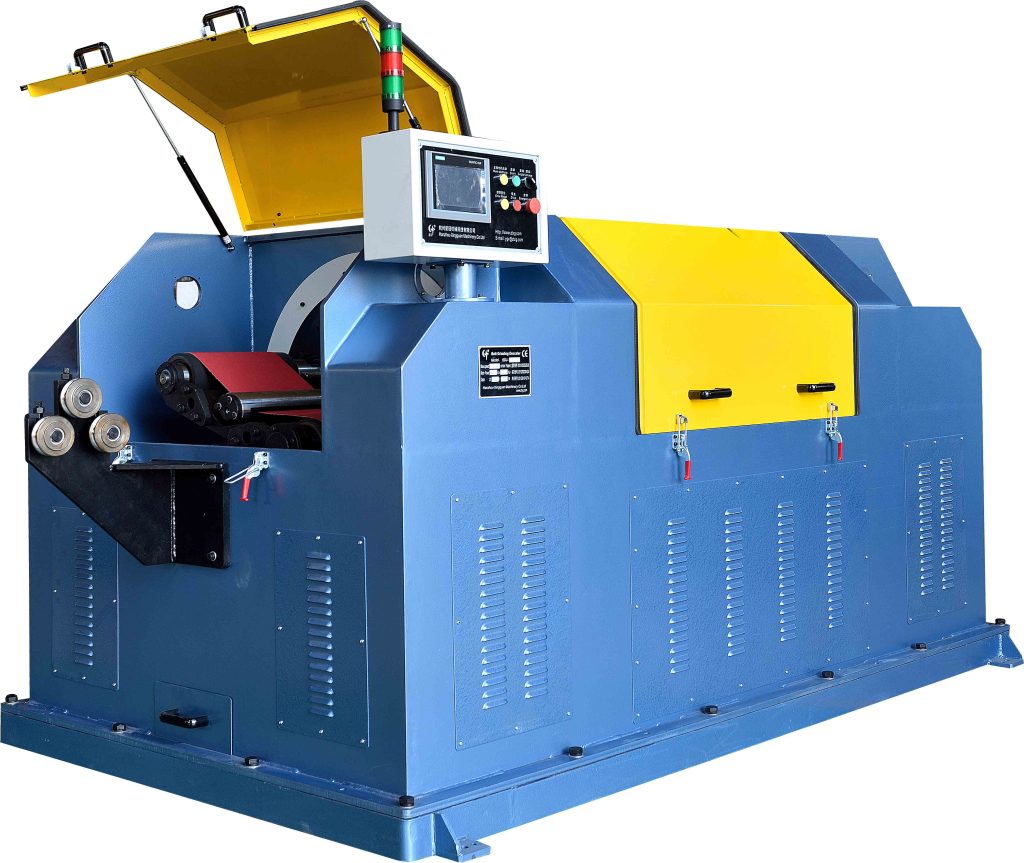
عندما يتعلق الأمر بمطاحن حزام الصنفرة، فإن اختيار حزام الصنفرة المناسب يعد أمرًا بالغ الأهمية لتحقيق أفضل النتائج. مع وجود مجموعة واسعة من الخيارات المتاحة في السوق، قد يكون من الصعب تحديد حزام الصنفرة الأكثر ملاءمة لمطحنتك. في هذه المقالة، سنناقش العوامل التي يجب مراعاتها عند اختيار حزام الصنفرة لمطحنتك لضمان الأداء والكفاءة الأمثل.
من أول الأشياء التي يجب مراعاتها عند اختيار حزام الصنفرة لمطحنتك هي المادة التي ستعمل عليها مع. تتطلب المواد المختلفة أنواعًا مختلفة من أحزمة الصنفرة لتحقيق الشكل النهائي المطلوب. على سبيل المثال، إذا كنت تعمل بالمعادن، فستحتاج إلى حزام سنفرة مصمم خصيصًا لطحن المعادن. من ناحية أخرى، إذا كنت تعمل بالخشب، فسيكون حزام الصنفرة المصمم لصنفرة الخشب أكثر ملاءمة.
هناك عامل مهم آخر يجب مراعاته وهو حبيبات حزام الصنفرة. تحدد حبيبات حزام الصنفرة مدى خشونة أو دقة اللمسة النهائية. تعتبر أرقام الحبيبات المنخفضة، مثل 40 أو 60، أكثر خشونة ومناسبة لإزالة المواد الثقيلة. تعد أرقام الحبيبات الأعلى، مثل 120 أو 220، أكثر دقة ومثالية للتشطيب والتلميع. من المهم اختيار نوع الصنفرة المناسب للمهمة لتحقيق النتيجة المرجوة.
بالإضافة إلى المادة والحبيبات، يعد حجم حزام الصنفرة أحد الاعتبارات المهمة أيضًا. يجب أن يتناسب حجم حزام الصنفرة مع حجم المطحنة الخاصة بك لضمان الملاءمة المناسبة. قد يؤدي استخدام حزام سنفرة صغير جدًا أو كبير جدًا بالنسبة لمطحنتك إلى ضعف الأداء ومخاطر محتملة على السلامة. تأكد من التحقق من مواصفات المطحنة الخاصة بك لتحديد الحجم الصحيح لحزام الصنفرة الذي سيتم استخدامه.
علاوة على ذلك، تعد المادة الداعمة لحزام الصنفرة عاملاً آخر يجب أخذه في الاعتبار عند اختيار حزام الصنفرة لمطحنتك. توفر المادة الداعمة الدعم للمادة الكاشطة وتؤثر على متانة ومرونة حزام الصنفرة. تشمل مواد الدعم الشائعة القماش والورق والبوليستر. الجزء الخلفي من القماش أكثر متانة ومرونة، مما يجعله مناسبًا للاستخدامات الثقيلة. يعتبر الغلاف الورقي أقل متانة ولكنه يوفر لمسة نهائية أكثر سلاسة، مما يجعله مثاليًا لإنهاء العمل. يوفر الجزء الخلفي من البوليستر التوازن بين المتانة والمرونة، مما يجعله خيارًا متعدد الاستخدامات لمختلف التطبيقات.
أخيرًا، ضع في اعتبارك العلامة التجارية لحزام الصنفرة وجودته عند تحديد اختيارك. إن اختيار علامة تجارية مرموقة ومعروفة بإنتاج أحزمة صنفرة عالية الجودة سيضمن أداءً ثابتًا وطول العمر. على الرغم من أنه قد يكون من المغري اختيار أحزمة صنفرة أرخص وأقل جودة، فإن الاستثمار في منتج عالي الجودة سيوفر لك الوقت والمال على المدى الطويل.
في الختام، يعد اختيار حزام الصنفرة المناسب لمطحنتك أمرًا ضروريًا لتحقيق ذلك النتائج المثلى. ضع في اعتبارك عوامل مثل المادة والحصى والحجم ومواد الدعم والعلامة التجارية عند تحديد اختيارك. من خلال تخصيص الوقت لاختيار حزام الصنفرة المناسب لمطحنتك، يمكنك ضمان عمليات الصنفرة بكفاءة وفعالية.
When it comes to sanding belt grinders, choosing the right sanding belt is crucial for achieving the best results. With a wide variety of options available on the market, it can be overwhelming to determine which sanding belt is the most suitable for your grinder. In this article, we will discuss the factors to consider when selecting a sanding belt for your grinder to ensure optimal performance and efficiency.
One of the first things to consider when choosing a sanding belt for your grinder is the material you will be working with. Different materials require different types of sanding belts to achieve the desired finish. For example, if you are working with metal, you will need a sanding belt that is specifically designed for metal grinding. On the other hand, if you are working with wood, a sanding belt designed for wood sanding will be more appropriate.
Another important factor to consider is the grit of the sanding belt. The grit of the sanding belt determines how coarse or fine the finish will be. Lower grit numbers, such as 40 or 60, are more coarse and are suitable for heavy material removal. Higher grit numbers, such as 120 or 220, are finer and are ideal for finishing and polishing. It is important to choose the right grit for the job to achieve the desired result.
In addition to material and grit, the size of the sanding belt is also an important consideration. The size of the sanding belt should match the size of your grinder to ensure a proper fit. Using a sanding belt that is too small or too large for your grinder can result in poor performance and potential safety hazards. Be sure to check the specifications of your grinder to determine the correct size of sanding belt to use.
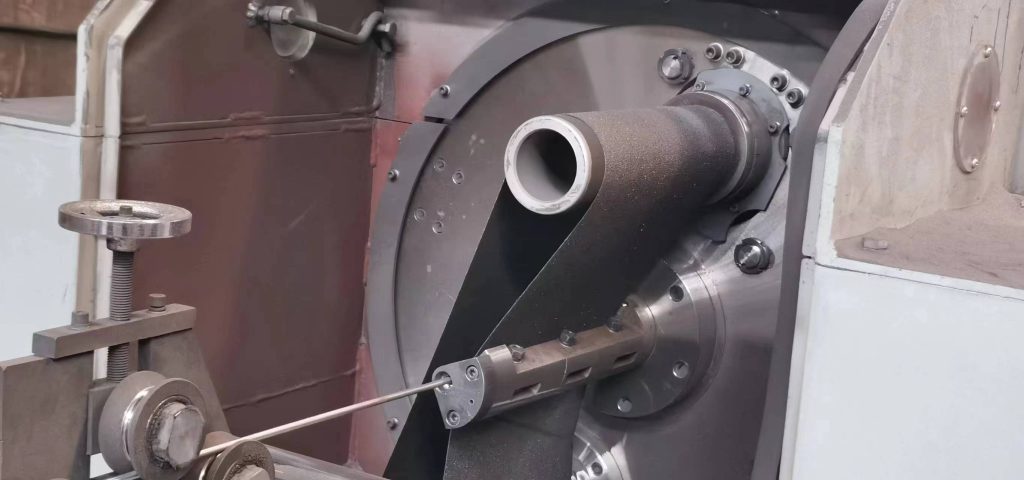
Furthermore, the backing material of the sanding belt is another factor to consider when choosing a sanding belt for your grinder. The backing material provides support to the abrasive material and affects the durability and flexibility of the sanding belt. Common backing materials include cloth, paper, and polyester. Cloth backing is more durable and flexible, making it suitable for heavy-duty applications. Paper backing is less durable but provides a smoother finish, making it ideal for finishing work. Polyester backing offers a balance between durability and flexibility, making it a versatile option for various applications.
Lastly, consider the brand and quality of the sanding belt when making your selection. Choosing a reputable brand known for producing high-quality sanding belts will ensure consistent performance and longevity. While it may be tempting to opt for cheaper, lower-quality sanding belts, investing in a quality product will ultimately save you time and money in the long run.
In conclusion, choosing the right sanding belt for your grinder is essential for achieving optimal results. Consider factors such as material, grit, size, backing material, and brand when making your selection. By taking the time to choose the right sanding belt for your grinder, you can ensure efficient and effective sanding operations.


